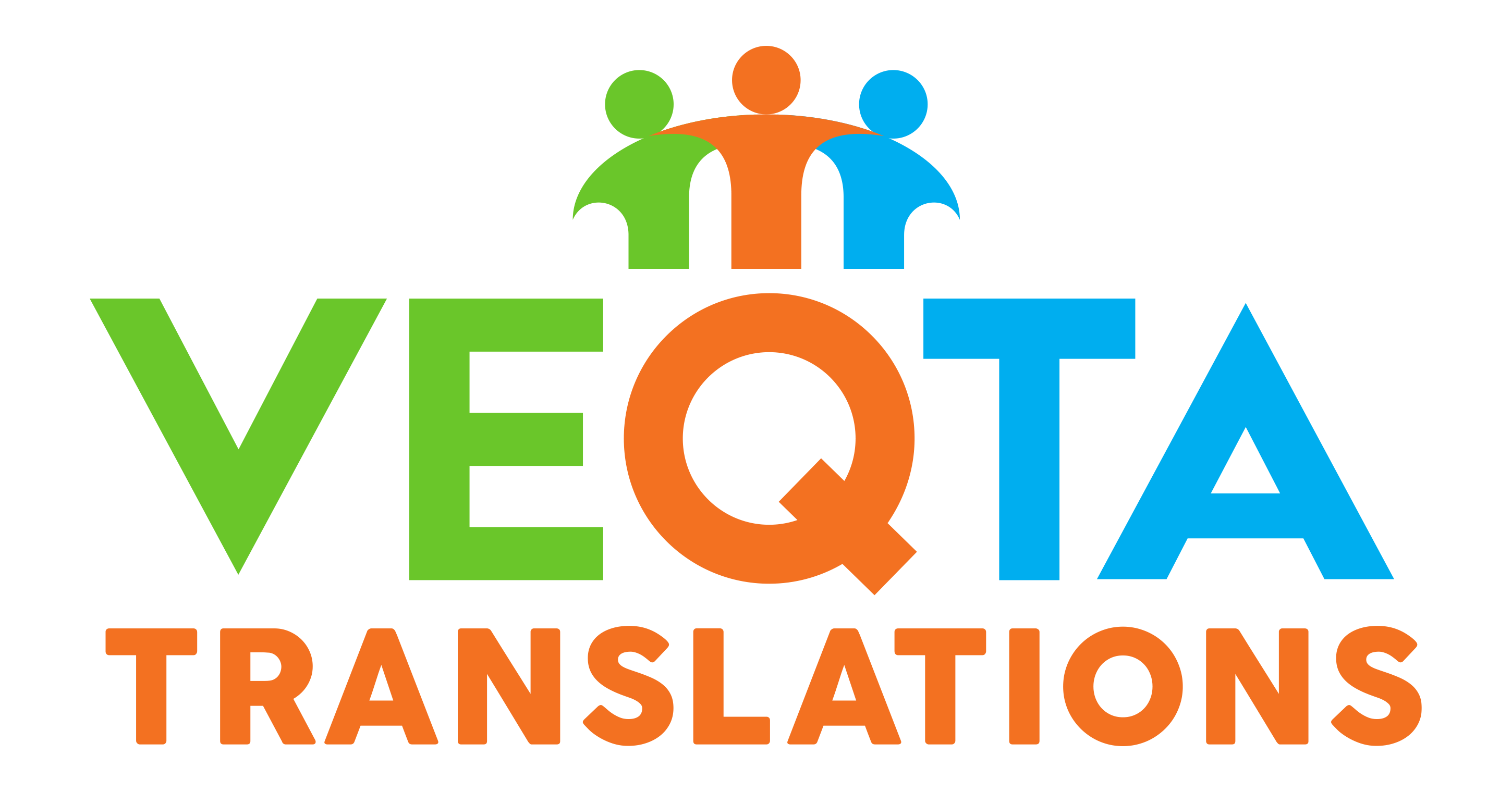In the age of digital transformation, remote work has become a standard practice across many industries.
With the rise of AI-based transcription tools and virtual collaboration platforms, one might question the relevance of traditional onsite transcription services. However, despite these advancements, onsite transcription remains a vital component in various professional environments.
- Accuracy and Contextual Understanding
Onsite transcriptionists offer a level of accuracy that is often unmatched by automated tools. Being physically present during meetings, legal proceedings, or medical consultations allows them to grasp the nuances of conversation, identify speakers more effectively, and capture context that might be lost in remote or automated transcription.
- Enhanced Security and Confidentiality
Certain industries, such as legal, medical, and governmental sectors, deal with highly sensitive information. Onsite transcription significantly reduces the risk of data breaches or leaks because the information never leaves the physical premises. This closed-loop system ensures that confidentiality is maintained at the highest level.
- Real-Time Transcription Support
In scenarios where real-time transcription is required—like courtrooms, live events, or high-stakes business meetings—onsite professionals provide immediate, accurate transcriptions. This immediacy can be critical for decision-making, record-keeping, and ensuring accessibility for participants with hearing impairments.
- Superior Quality Control
Onsite transcription allows for real-time quality checks. Transcriptionists can clarify terms or ask for repetitions when unclear, ensuring the final document is as accurate and comprehensive as possible. This hands-on approach significantly minimizes errors.
- Better Adaptability to Complex Environments
Live environments often include background noise, multiple speakers, and regional accents. Onsite professionals are trained to navigate these challenges, whereas remote or automated systems may struggle. This adaptability is particularly valuable in medical or legal contexts where precision is non-negotiable.
- Integration With Institutional Workflows
Onsite transcriptionists often become part of the organizational workflow. They understand the specific jargon, processes, and expectations of the institutions they serve. This integration leads to better consistency and efficiency in transcription outputs.
- Building Trust and Relationships
Human interaction plays a vital role in building professional trust. Onsite transcriptionists often develop relationships with the staff and stakeholders they work with. This rapport enhances communication, which can contribute to more accurate and context-aware transcriptions.
- Accessibility and Inclusion
Onsite services provide immediate support for those with disabilities, especially hearing impairments. Whether through CART (Communication Access Real-Time Translation) or other forms, being physically present ensures that accessibility needs are met effectively and inclusively.
- Handling Technical Failures
Technology is not infallible. Remote transcription relies heavily on stable internet connections, functional recording equipment, and reliable software. Onsite transcription eliminates many of these vulnerabilities, offering a dependable alternative when tech fails.
- Customized Service Delivery
Onsite professionals can tailor their services to the specific needs of the event or session. From adjusting to unique formatting requests to aligning with internal templates, onsite transcriptionists offer a level of customization that is hard to replicate remotely.
- Supporting High-Stakes Environments
In environments like hospitals, courtrooms, and government meetings, the stakes are incredibly high. A misheard word or incorrect term can lead to serious consequences. The physical presence of a transcriptionist adds an extra layer of accuracy and responsibility.
- Ethical Oversight and Accountability
Onsite professionals are often subject to institutional protocols, supervision, and immediate feedback. This oversight ensures higher accountability and adherence to ethical standards, something not easily enforced with remote freelancers or automated tools.
- Human Intuition and Decision-Making
Certain aspects of transcription require human judgment—such as determining relevance, identifying emphasis, or discerning sarcasm and tone. Onsite transcriptionists can interpret and translate these subtleties better than any AI system currently can.
- Legal Compliance and Recordkeeping
Many jurisdictions and institutions require onsite transcription to comply with legal or regulatory standards. These services are not just preferable but mandated in some settings, ensuring that records are maintained legally and accurately.
- Complementary Role to Remote Services
Onsite transcription doesn’t have to compete with remote services; instead, it complements them. Hybrid transcription models allow organizations to leverage the strengths of both approaches, ensuring flexibility without compromising quality.
Conclusion
While remote and AI-powered transcription tools offer convenience and scalability, they cannot fully replace the depth, precision, and reliability of onsite transcription services. In high-stakes, complex, or sensitive environments, onsite transcription remains irreplaceable. Organizations that value accuracy, security, and human insight continue to find immense value in maintaining onsite transcription capabilities alongside their digital counterparts.
FAQs
What is the difference between onsite and remote transcription?
Onsite transcription involves a transcriptionist being physically present at the event or meeting location, while remote transcription is conducted from a separate location, often using audio or video recordings.
Are onsite transcription services more secure than remote ones?
Yes, onsite transcription offers enhanced security as sensitive information remains within the premises, reducing the risk of data breaches.
In what situations is onsite transcription most beneficial?
Onsite transcription is ideal for high-stakes environments like courtrooms, medical consultations, legal proceedings, and confidential meetings where accuracy and confidentiality are paramount.


